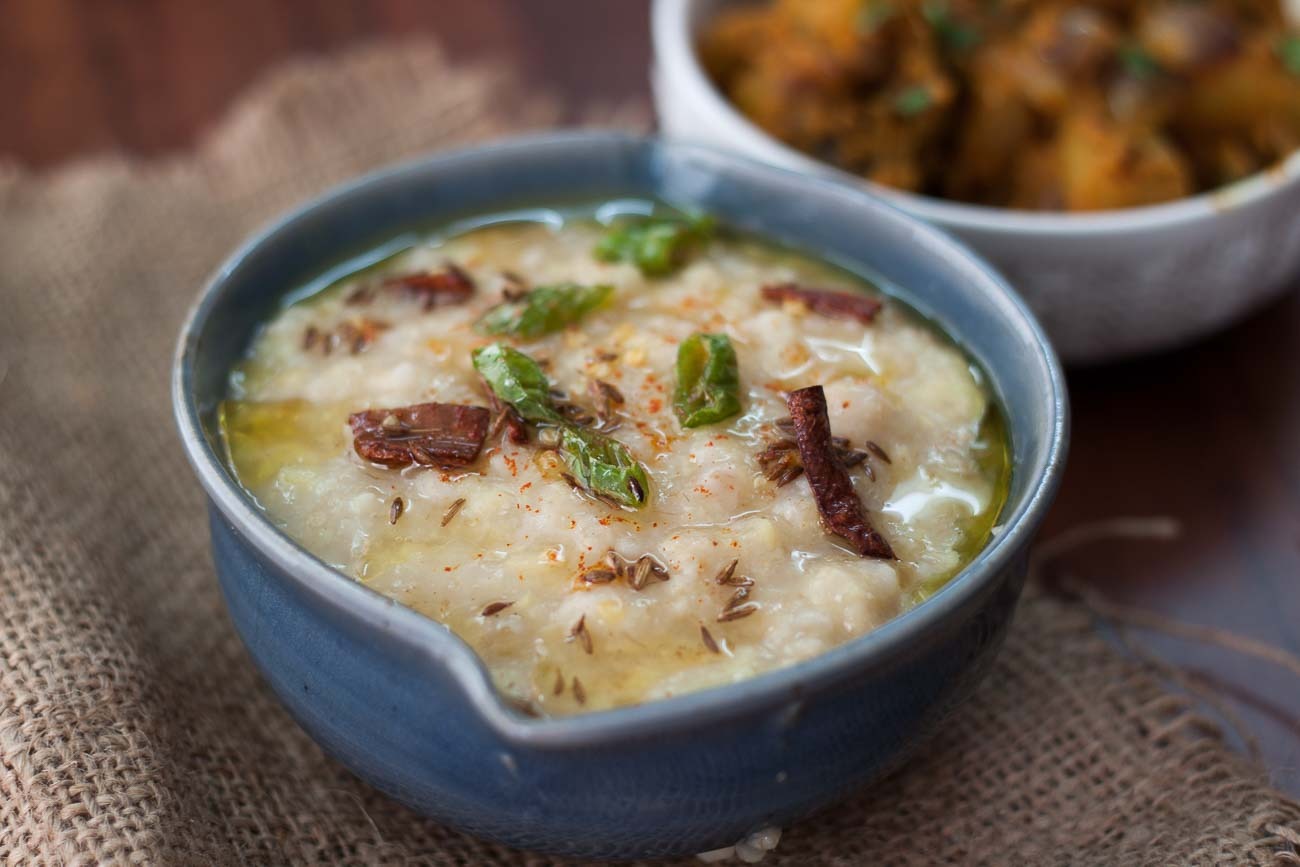
In the vast landscape of Indian cuisine, there exists a myriad of dishes, each with its own unique flavors, textures, and histories. Among these culinary treasures is Gehun ki Bikaneri Kichari, a dish deeply rooted in the culinary heritage of Rajasthan, India. With its blend of whole wheat grains, lentils, and aromatic spices, Gehun ki Bikaneri Kichari offers not only a delicious meal but also a glimpse into the rich cultural tapestry of the region.
Origins and Heritage
The origins of Gehun ki Bikaneri Kichari can be traced back to the arid lands of Bikaner, a city in the northwestern state of Rajasthan. Bikaner, known for its vibrant culture and royal legacy, has contributed significantly to the culinary heritage of Rajasthan. The dish is believed to have been created centuries ago by the skilled cooks of the royal kitchens, who crafted it as a wholesome and flavorful meal for the Maharajas and their courtiers.
Ingredients and Preparation
Gehun ki Bikaneri Kichari is a simple yet hearty dish made primarily with whole wheat grains (gehun) and lentils (dal). The key ingredients include whole wheat grains, preferably coarse, lentils (usually split yellow moong dal or chana dal), onions, tomatoes, ginger-garlic paste, and a blend of spices such as cumin seeds, coriander powder, turmeric, red chili powder, and garam masala.
To prepare Gehun ki Bikaneri Kichari, the whole wheat grains and lentils are soaked for a few hours to soften them. The soaked grains and lentils are then cooked together in a pressure cooker or a heavy-bottomed pot until tender. In a separate pan, onions are sautéed until golden brown, followed by the addition of tomatoes and ginger-garlic paste. The cooked wheat-lentil mixture is then added to the pan along with a medley of spices, creating a fragrant and flavorful base. The kichari is simmered until the flavors meld together, resulting in a thick and creamy texture.
Flavors and Texture
What sets Gehun ki Bikaneri Kichari apart is its unique combination of flavors and textures. The whole wheat grains lend a nutty and chewy texture to the dish, while the lentils add creaminess and depth. The aromatic spices infuse the kichari with warmth and complexity, creating a harmonious balance of flavors. The dish is typically served hot, garnished with fresh cilantro leaves and a dollop of ghee for added richness.
Cultural Significance
Beyond its culinary appeal, Gehun ki Bikaneri Kichari holds significant cultural significance in Rajasthan. Traditionally, it is often prepared during festivals, weddings, and other special occasions, where it is served as a symbol of hospitality and abundance. The dish embodies the spirit of community and togetherness, bringing people together to share in its wholesome goodness.
Health Benefits
Apart from its delicious taste and cultural significance, Gehun ki Bikaneri Kichari also offers several health benefits. Whole wheat grains are rich in fiber, protein, and essential nutrients, making them a nutritious addition to the diet. Lentils, on the other hand, are packed with protein, vitamins, and minerals, promoting overall health and well-being. Additionally, the spices used in the dish, such as turmeric and cumin, are known for their anti-inflammatory and digestive properties, further enhancing its healthfulness.
Gehun ki Bikaneri Kichari stands as a testament to the rich culinary heritage of Rajasthan, India. With its simple yet flavorful ingredients, it offers a taste of tradition and nostalgia, transporting diners to the royal kitchens of Bikaner. Whether enjoyed on festive occasions or as a comforting meal on a chilly evening, Gehun ki Bikaneri Kichari continues to captivate taste buds and hearts alike, preserving the essence of Rajasthan’s culinary legacy for generations to come.